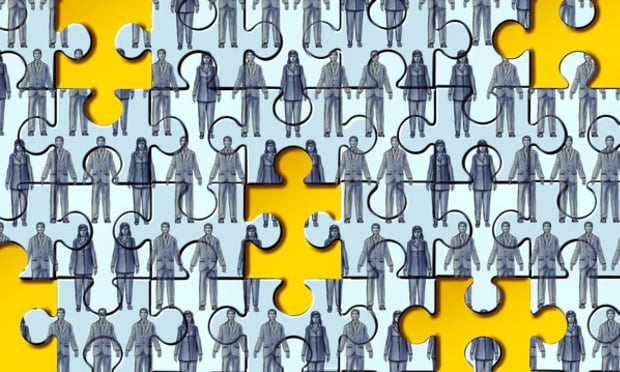A new report pushes back on the argument that thesignificant disparity in wages paid to men and women is dueto women's life choices.
|The fact that women in the U.S. make only 78 percent as much asmen cannot solely be attributed to life choices, including leavingthe workforce to raise children, says a study authored by theAmerican Association of University Women (AAUW).
|The study points out that one year after graduation fromcollege, women make 18 percent less than their male peers with thesame education level and work experience. That is partially due tothe fact that more women go into fields that do not promise highpay, such as teaching, but the report claims that even when suchfactors are controlled for, women make 7 percent less in exactlythe same jobs as men fresh out of college.
|While the pay disparities are smaller for young people, theauthors suggest that the gap only widens as workers age. Wages growfaster for men as they age than for women.
|Similarly discouraging is evidence that the pay gap actuallyincreases with education level. Although workers of all genderstypically earn more as a result of education, the disparity betweenmen and women increases. While women who lack high school degreesmake 80 percent as much as the average male dropout, women withgraduate degrees make just 74 percent as much as their malepeers.
|There is a greater pay disparity between white men and womenthan there is between the genders in other ethnic and racialgroups. Black women earn 90 percent of what black men make, buttheir pay is only 63 percent of the average white man's. Similarly,Hispanic women make 89 percent of what Hispanic men earn, but only54 percent of what white men make.
|In every state of the country, women make less money than men,but the disparities are significantly greater in some places.
|Washington, D.C., where women make 90 cents for every dollarearned by men, comes closest to gender parity. Right behind thenation's capital is New York, where women earn an average of 87percent as much as men.
|At the bottom are Wyoming, Utah, and Louisiana, where women onlyearn 69, 67, and 65 percent as much as men, respectively.
|The AAUW used the report to push for more policies aimed atreducing gender discrimination in the workplace. It highlightedproposals that forbid employers from asking prospective employeesabout their pay history as a possible way to prevent the hiringprocess from reinforcing existing disparities.
|Complete your profile to continue reading and get FREE access to Treasury & Risk, part of your ALM digital membership.
Your access to unlimited Treasury & Risk content isn’t changing.
Once you are an ALM digital member, you’ll receive:
- Critical Treasury & Risk information including in-depth analysis of treasury and finance best practices, case studies with corporate innovators, informative newsletters, educational webcasts and videos, and resources from industry leaders.
- Exclusive discounts on ALM and Treasury & Risk events.
- Access to other award-winning ALM websites including PropertyCasualty360.com and Law.com.
*May exclude premium content
Already have an account? Sign In
© 2024 ALM Global, LLC, All Rights Reserved. Request academic re-use from www.copyright.com. All other uses, submit a request to [email protected]. For more information visit Asset & Logo Licensing.







